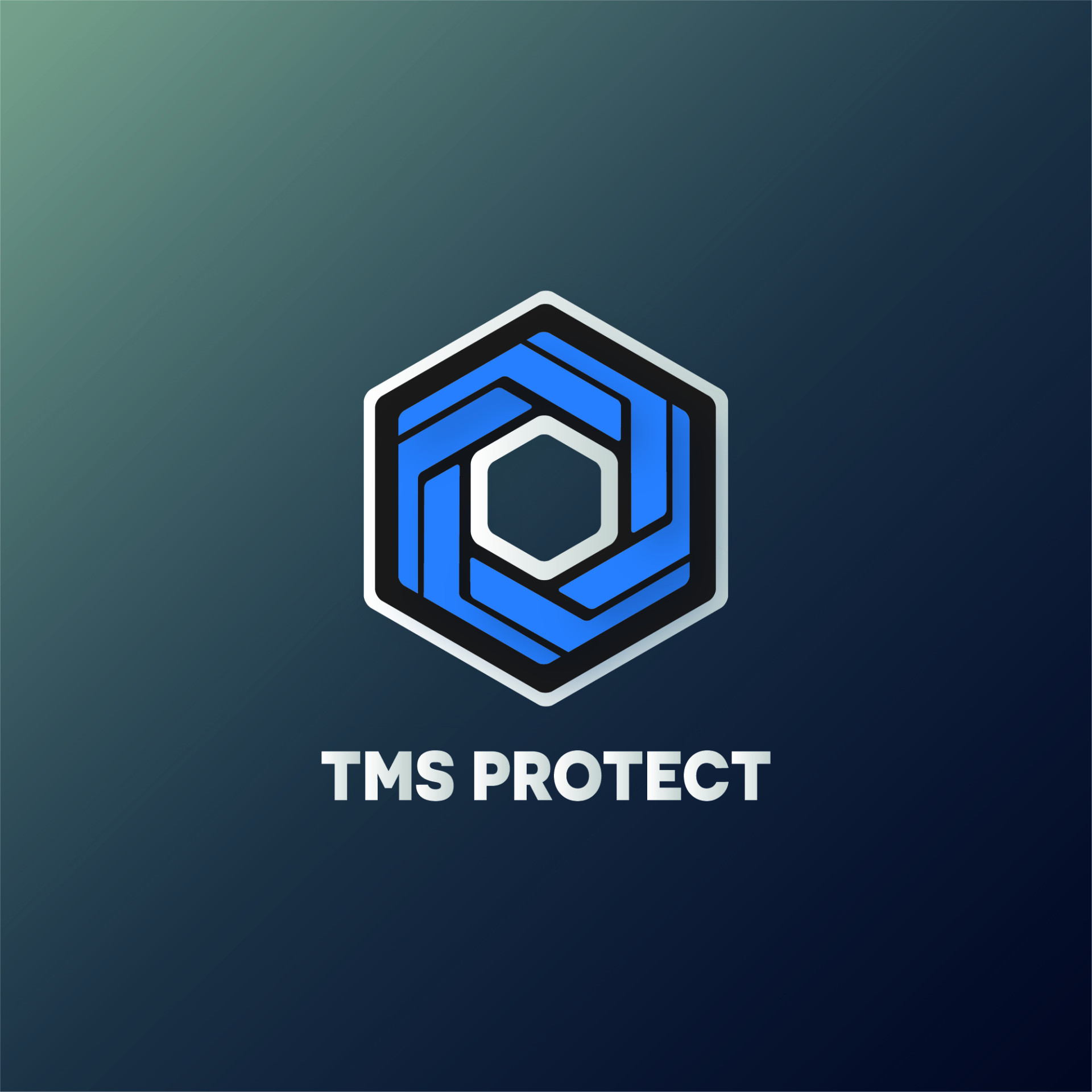TMS POLICIES & PROCEDURES
As a security professional, it is essential to have an extensive understanding of the organisation’s policies and procedures. Here is a comprehensive survey of some of the most important policies and procedures you should be familiar with:
Please visit https://TMSProtect.com/Policies for our complete list of policies and procedures.
Access Control and Visitor Management Protocols:
- Understand the company’s access control measures, including the use of access cards, key cards, or biometric systems.
- Familiarise yourself with the procedures for verifying and granting access to authorised personnel.
- Learn how to properly handle visitor registrations, issue visitor badges, and enforce visitor management protocols.
Incident Reporting and Response Procedures:
- Be aware of the company’s incident reporting system and the process for documenting and reporting security incidents, accidents, or breaches.
- Understand your role and responsibilities in responding to different types of incidents, such as theft, vandalism, or medical emergencies.
- Know how to effectively communicate and coordinate with other staff members, emergency services, or relevant authorities during an incident.
Emergency Evacuation and Crisis Management Protocols:
- Review the company’s emergency evacuation procedures, including evacuation routes, assembly points, and emergency contact information.
- Understand your role and responsibilities in emergency situations, such as conducting evacuations, assisting individuals with disabilities, or providing first aid.
- Familiarise yourself with the crisis management protocols, which may include communication plans, escalation procedures, and decision-making processes during a crisis.
Health and Safety Guidelines:
- Read and understand the company’s health and safety policies and procedures.
- Follow the guidelines for maintaining a safe and secure environment, including the proper use of personal protective equipment (PPE), equipment safety checks, and reporting safety hazards.
- Comply with health and safety regulations to ensure the well-being of yourself, colleagues, and visitors.
Use of Force and Conflict Resolution Policies:
- Review the company’s policies on the use of force and conflict resolution.
- Understand the principles of proportionality, reasonableness, and legality when it comes to using force in self-defence or protecting others.
- Learn conflict resolution techniques, such as verbal de-escalation, active listening, and assertiveness, to handle challenging situations without resorting to physical force.
It is crucial to familiarise yourself with these policies and procedures and seek clarification or further training if needed. Adhering to these guidelines will help you carry out your security duties effectively, maintain a safe and secure environment, and respond appropriately to various situations that may arise during your work.

